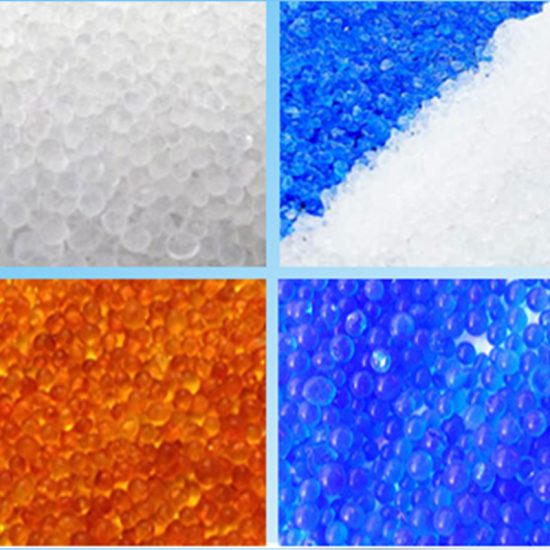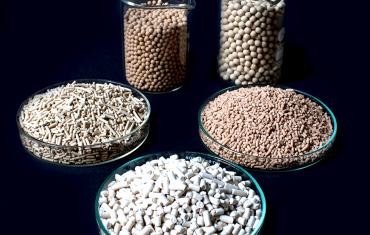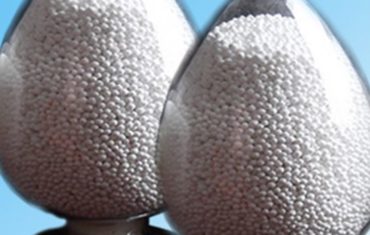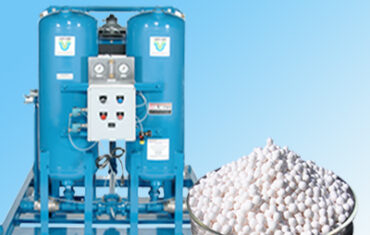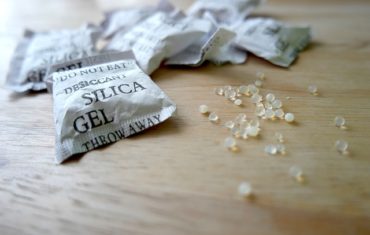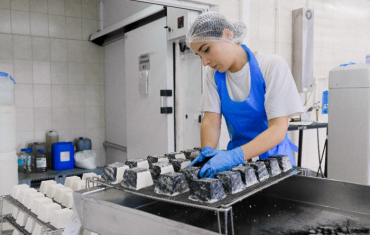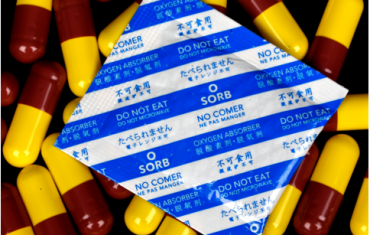Different Types of Desiccants
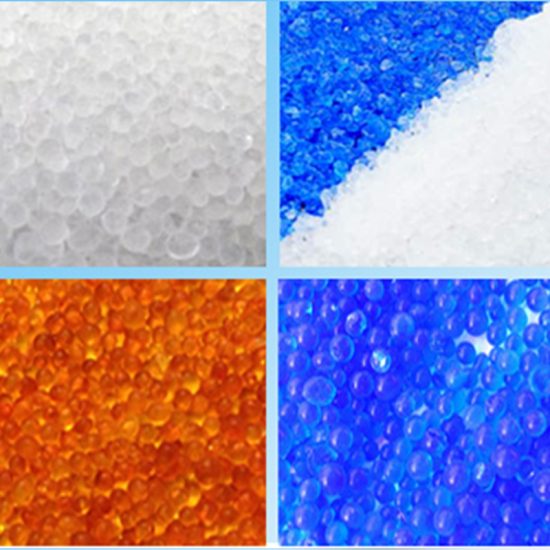
Commonly used by food and pharmaceutical manufacturers to extend the shelf-life of their products, desiccants are hygroscopic substances that are used to facilitate and sustain a state of dryness. While most pre-packaged desiccants come in solid form and absorb moisture, the ones used for specialized purposes may function through other principles and may come in forms other than solid.
Other than being used to protect perishable goods from moisture contamination, desiccants are also used for water purification, to remove trace metals and other impurities from gases, and to control moisture levels in gas streams.
Over the course of this blog post, we’ll discuss the different types of industrial desiccants that are commonly used.
Industrial Desiccants: The Different Types
While some desiccants are non-reactive, others require special handling techniques. In addition to performance efficiency, desiccants are mostly categorized by their types, i.e. I, II, III, IV, or V. These types are functions of the shape of the moisture sorption isotherm of the desiccant.
Listed below are some of the most commonly used industrial desiccants.
Silica Gel
Silica gel is a highly porous form of silica (silicon dioxide). It has a high specific surface area which provides it with superior water adsorption capabilities; make it an excellent drying agent. Moreover, silica gel can be easily regenerated. It only needs to be heated to a temperature of 120 °C (250 °F) for 1 to 2 hours. Many pharmaceutical companies use silica gel to protect their products from moisture contamination.
Molecular Sieve
A molecular sieve is a material made from microporous aluminosilicate materials—commonly zeolites. Its pores are of a uniform size and are similar to molecules in terms of size. This means it only adsorbs smaller molecules, leaving the larger ones out. Since they work at a microscopic level, the unit of measurement used to measure the size of molecular sieves is angstroms. Perhaps the most prominent advantage of molecular sieves is that manufacturers can control the size of the pores and create molecular sieves for different applications.
Activated Alumina
A porous, solid form of aluminum oxide, activated alumina is also referred to as Al2O3, or simply alumina. Activated alumina is also a porous material with a high surface area, and one all existing moisture has been evacuated from the material; it can be used as a great desiccant with super absorption capabilities. In addition to being used as a commercial dehumidifier, activated alumina can also be used as a biomaterial and a fluoride adsorbent.
Being a premier manufacturer and supplier of industrial absorbents and desiccants, Sorbead India offers premium quality activated alumina, molecular sieves and oxygen absorber packets online. Get in touch with us to learn more about the products we offer.

